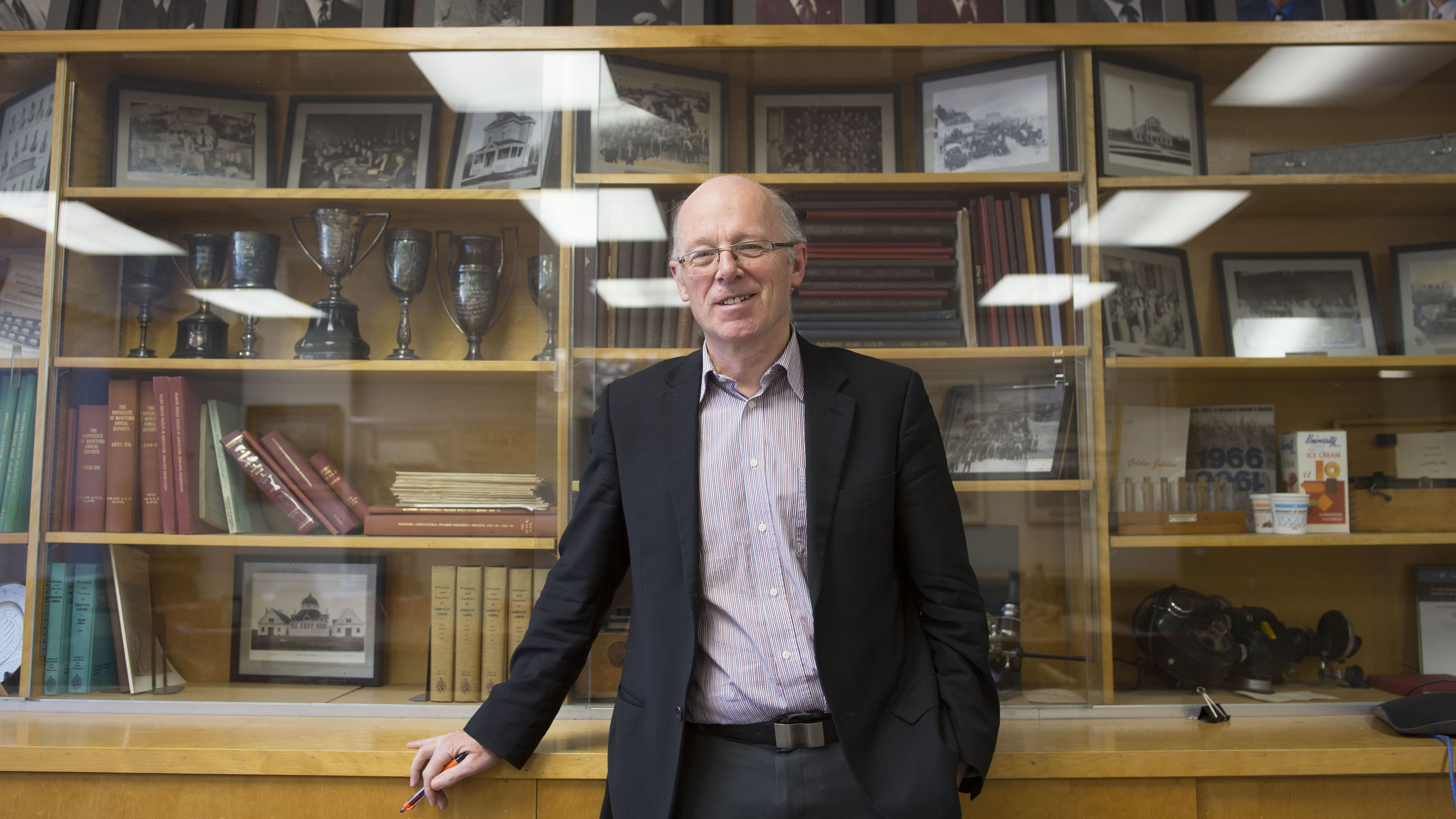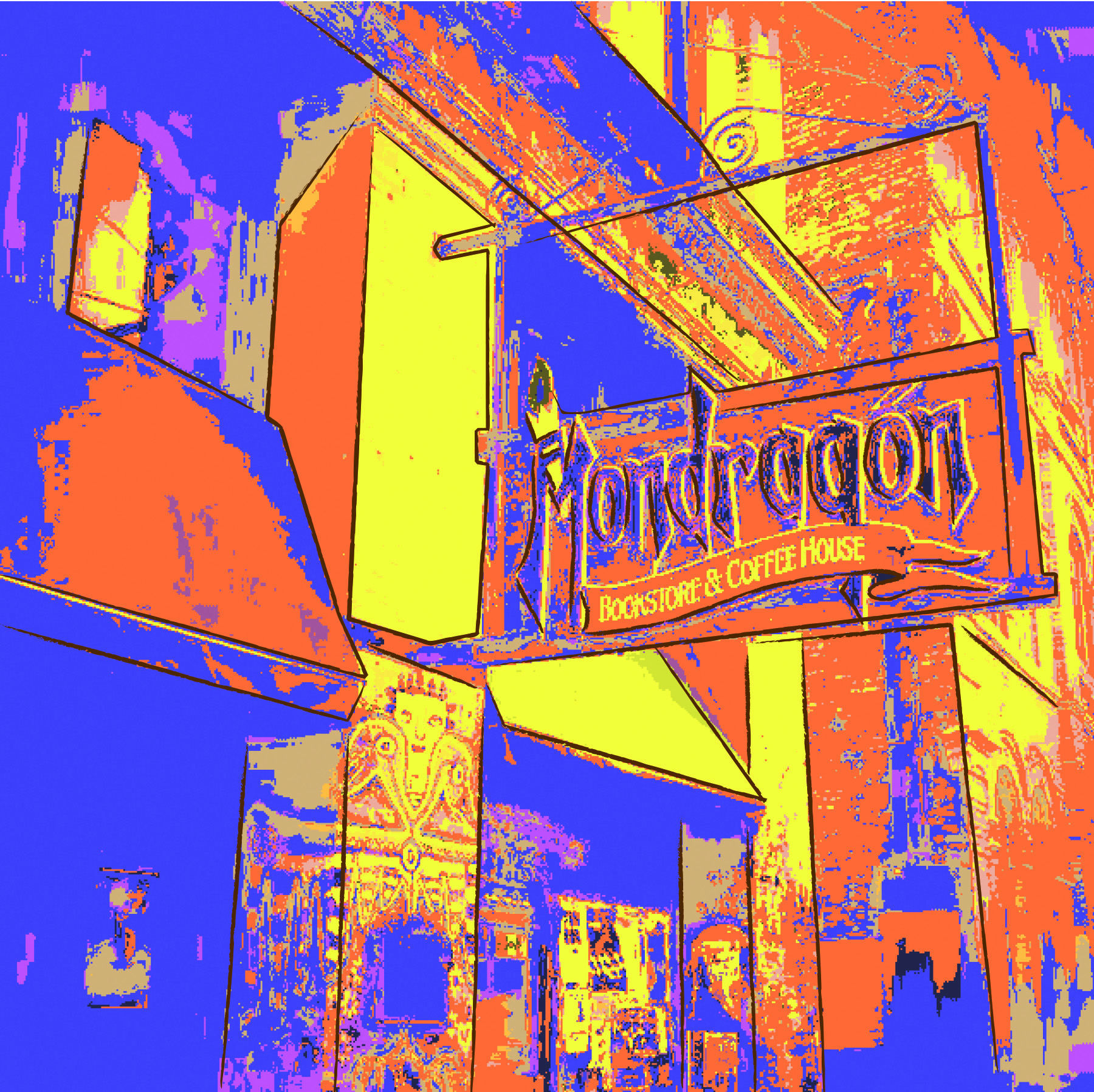While the Fort Gary campus may be home to most faculties at the University of Manitoba, some students feel that better integration between the university’s multiple locations is needed.
The university has three main locations: the Fort Gary campus, Bannatyne campus and the William Norrie Centre, as well as various other small satellite locations.
Graduate Students’ Association (GSA) president Meaghan Labine says that there is not only a physical distance felt between the Fort Garry campus and the university’s other locations, but also that there is a psychological distance.
Labine feels that services at the smaller locations are not entirely absent but insufficiently represented when compared to the Fort Garry campus.
“If we expect students to have a great university experience, and we want to enable faculty and staff to the best of their abilities, then these issues need to be addressed,” commented Labine.
Labine remarked that the university is in an overall state of renovation both administratively and structurally, and that this is a great time to address integration issues.
“In the grand scheme of this renovation project [ . . . ] they can unite all campuses [and] promote the unique identity of each location,” said
Labine.
Labine felt that the psychological gap can be bridged by providing services, enhanced technology and collaboration opportunities.
“[Since] we can’t close the distance, I would prefer to focus on the benefits and ways to enhance the current situation rather than wish for a conglomerate university,” said Labine.
With today’s technology, creative foresight and ingenuity, Labine believes that physical distance should not be a hindrance but rather a unique advantage, and suggested solutions such an online university community, which would allow for greater communication and
collaboration among all.
Labine also pointed out that having separate campuses does have its advantages, such as allowing for greater specialization in any particular area, like the Bannatyne campus does with health sciences.
Ilana Simon, director of Communications and Marketing for the faculty of medicine at the Bannatyne campus, notes that a number of integration measures have been implemented.
One such measure is an express Winnipeg Transit bus that travels regularly between the Bannatyne and Fort Garry campuses.
Simon stated that staff and students who hold a Bannatyne campus
parking pass can park for free at specific lots on the Fort Garry campus.
She added that the university also has state-of-the-art video conferencing capabilities for staff, which enable them to easily partake in meetings at either campus without physically being present.
Furthermore the faculty of medicine, located on the Bannatyne Campus, recently allocated space to expand student services.
In the next few months, students will have access to disability services, learning assistance, student advocacy, student and career counselling, and exam accommodation space.
U of M director of Public Affairs, John Danakas, explained that the Bannatyne campus is based on its proximity to the Health Sciences Centre.
“A medical campus, of course, needs to be adjacent to and a part of a hospital,” said Danakas.
This is to provide research and teaching opportunities for the medical school.
The University of Manitoba was historically a collection of colleges that came together to form a university. What is today the Fort Gary campus was originally an agricultural college, and a number of colleges devoted to other fields were found in the downtown area. All these together were known as the University of Manitoba.
As times progressed and the University of Manitoba grew, the colleges moved to become centralized in the Fort Gary area.
Danakas explained that the Fort Gary location was chosen because “a large parcel of land here in Fort Garry was seen as the best location for a large research-intensive university.”




